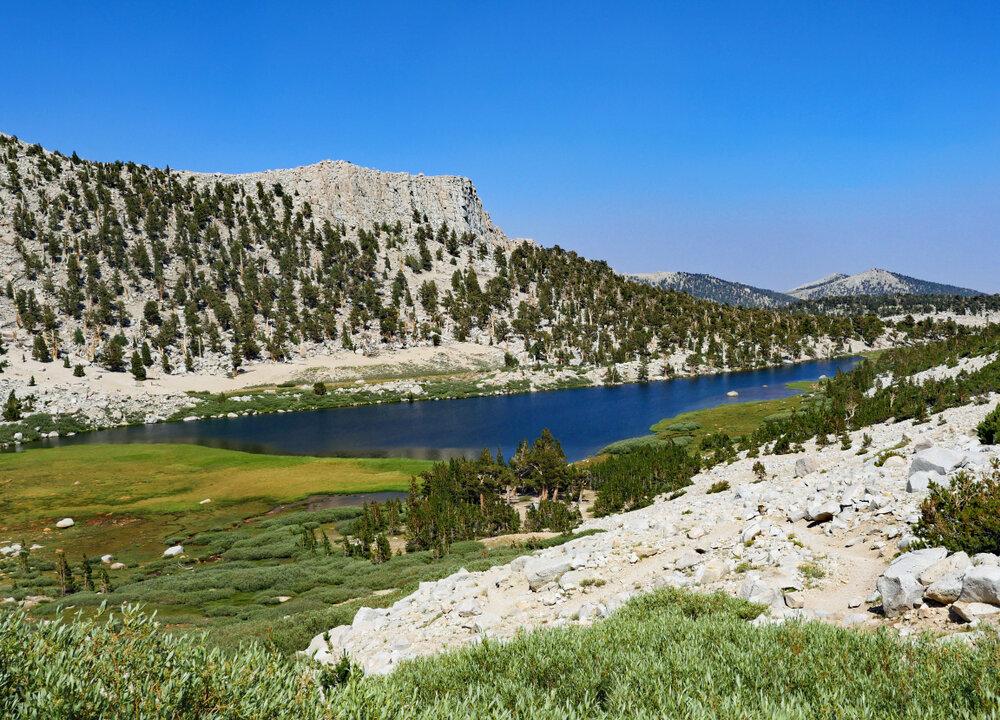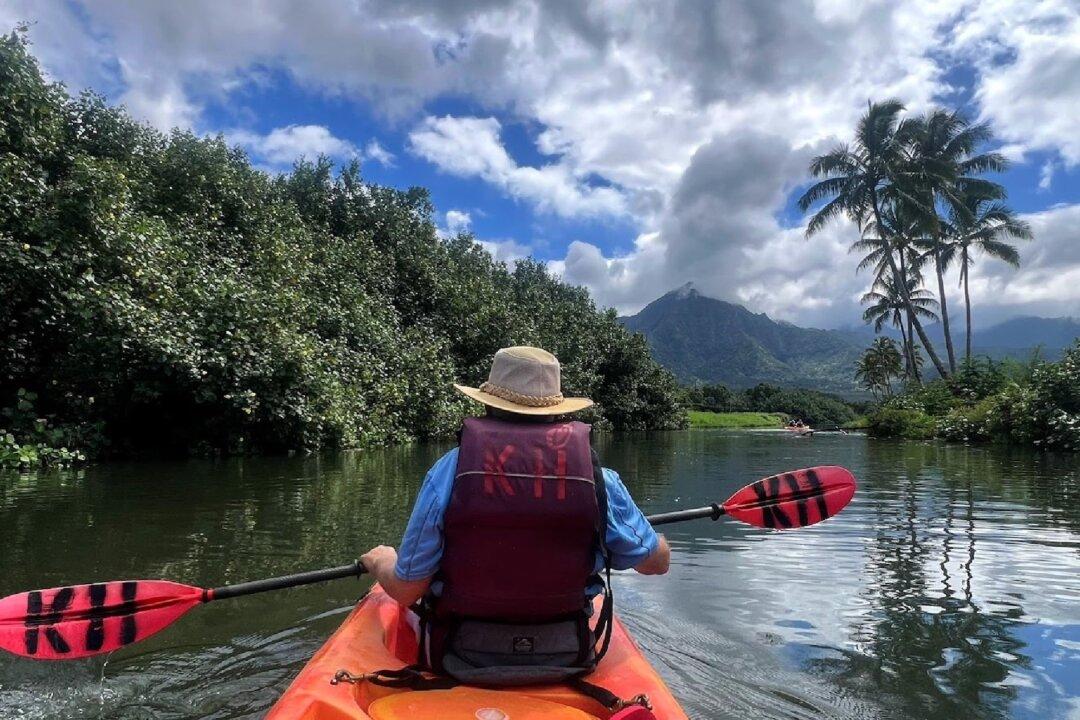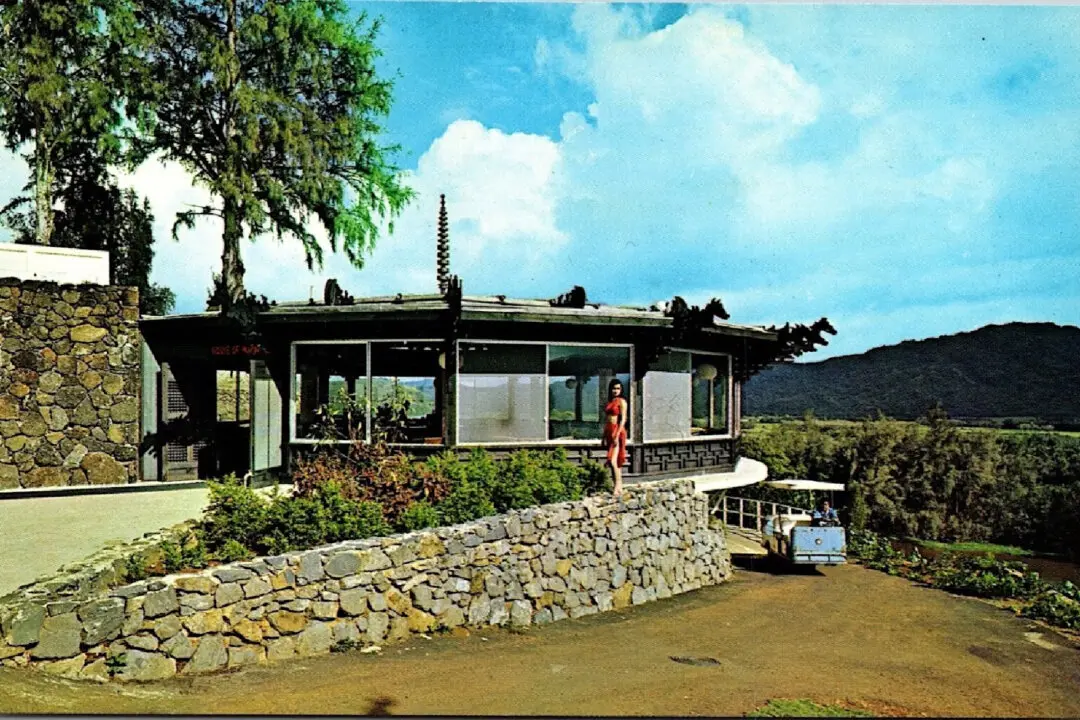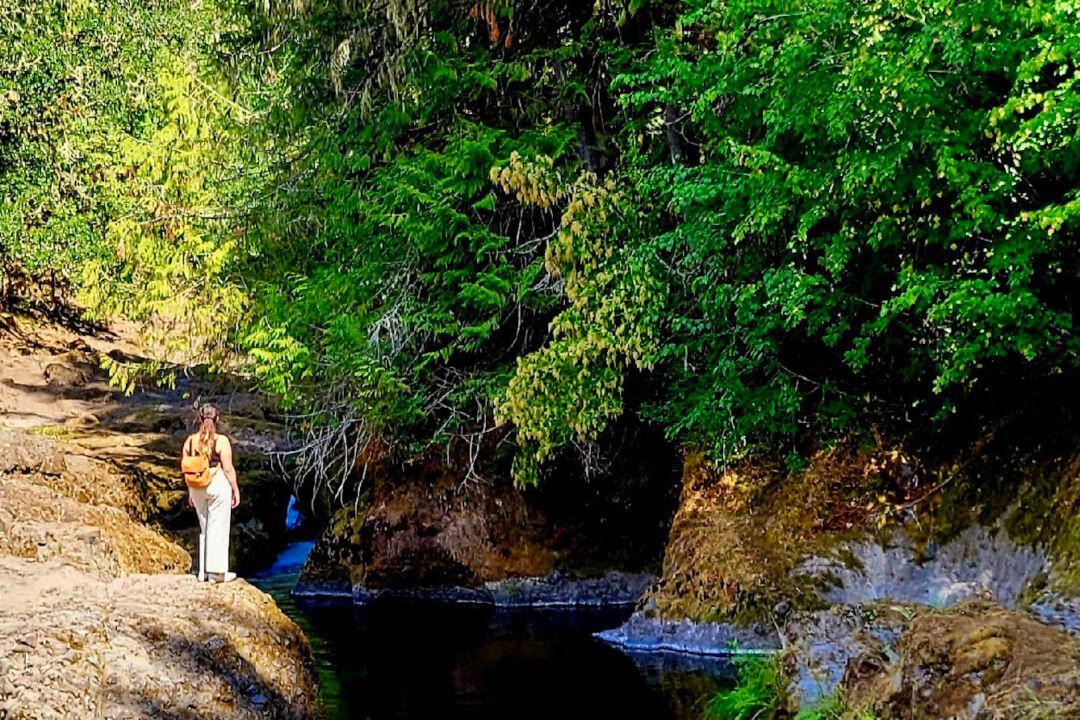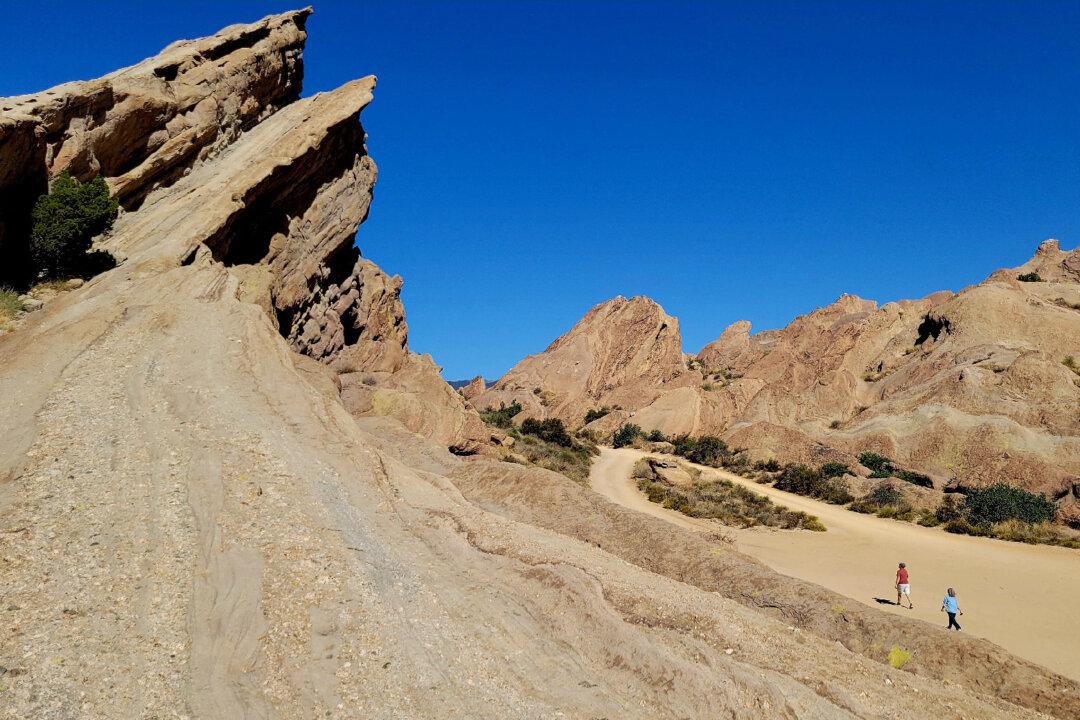At a time when there is nothing normal about “the new normal,” it seems more important than ever to connect with something that represents a physical-spiritual reality greater than ourselves. For me, that quest has always led to the towering granite crags, verdant meadows, and glistening lakes of the Sierra Nevada Mountains.
My first encounter with these mountains that so inspired John Muir came in 1957. I was 11 at the time and a member of a mountaineering, wilderness-oriented boys camp called the Trailfinders. Those days spent camping and hiking in the high country of Yosemite carved an indelible impression. I discovered the place where I felt whole and deeply connected to the grand pattern of life. I learned about the pleasure, sometimes the pain, but always the sense of accomplishment that comes from strapping on a pack and hitting the trail, often in the John Muir tradition of hiking alone.
Over the years, undertaking a strenuous hike in the Sierras became a birthday ritual—a sort of spiritual-physical gut check. So it was with that goal in mind on Aug. 26 that I struck out from Los Angeles and drove northeast to the town of Lone Pine in the Owens Valley on Highway 395.

